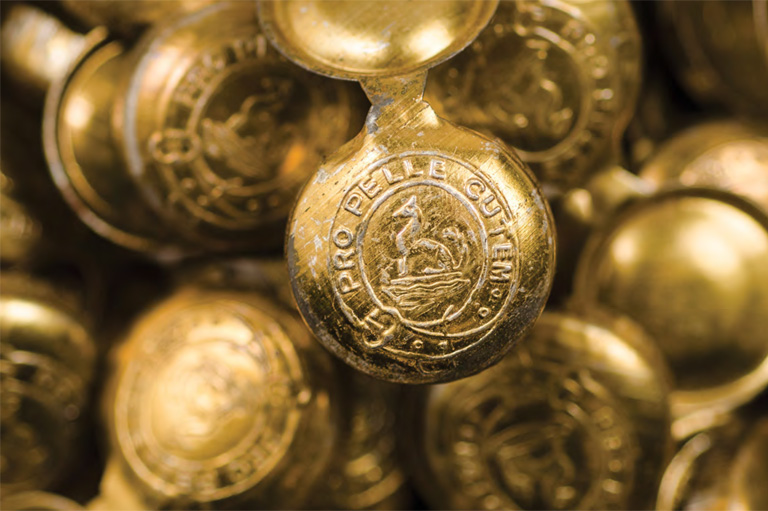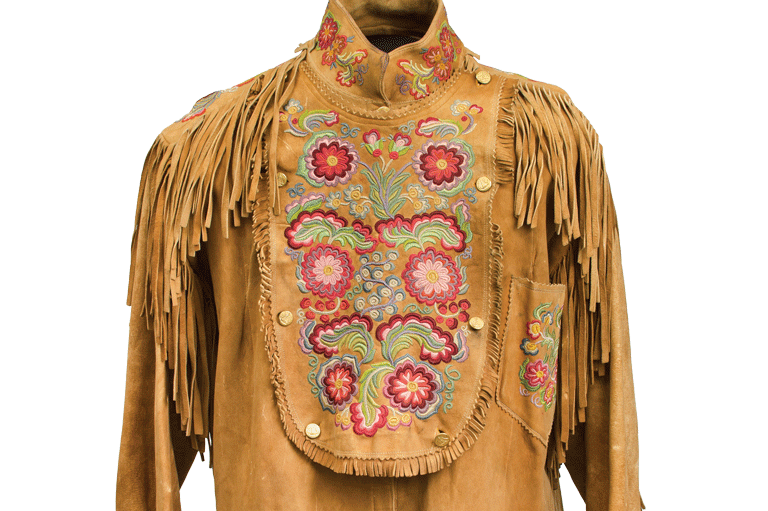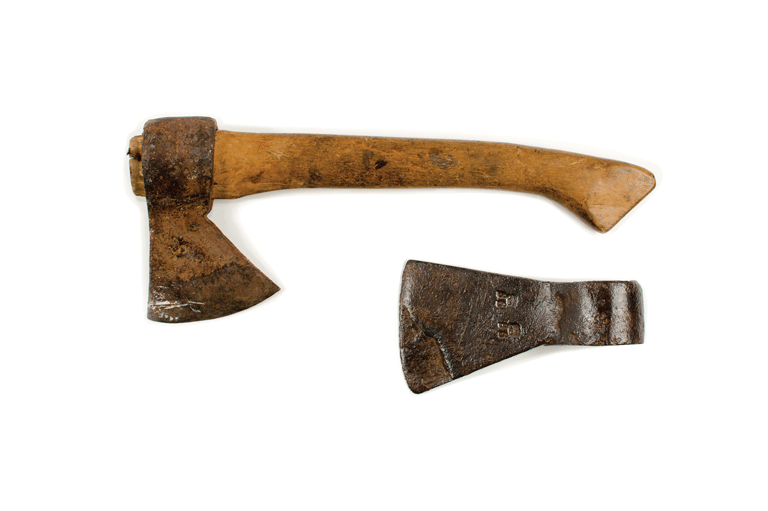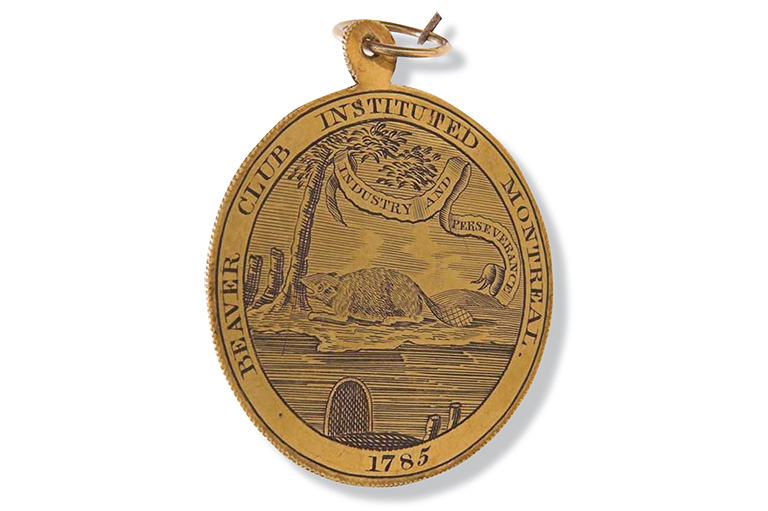Bale Seal

Bale seals were crimped to fur bundles that had been sorted and prepared for exhibition to potential buyers. The earliest seals were made from lead, but these twentieth-century seals were made from processed sheet iron that had been protected from corrosion with some kind of lacquered finish.
The HBC Collection at the Manitoba Museum has a few late-nineteenth- and early twentieth-century varieties but no examples of earlier lead seals.
How did the seals work? Furs were wrapped in forty-kilogram burlap bundles, and a rope or cord was tied around the exterior. The burlap was stencilled with important information regarding the point of origin and ownership, and the seals were likely crimped around the cord.
Bale seals are one of the most commonly forged Hudson’s Bay Company artifacts on the market, with many crude examples of flat metal pieces with conjoined HBC and beaver iconography mistakenly listed as bale seals.
Themes associated with this article
Advertisement

Canada’s History Archive, featuring The Beaver, is now available for your browsing and searching pleasure!




